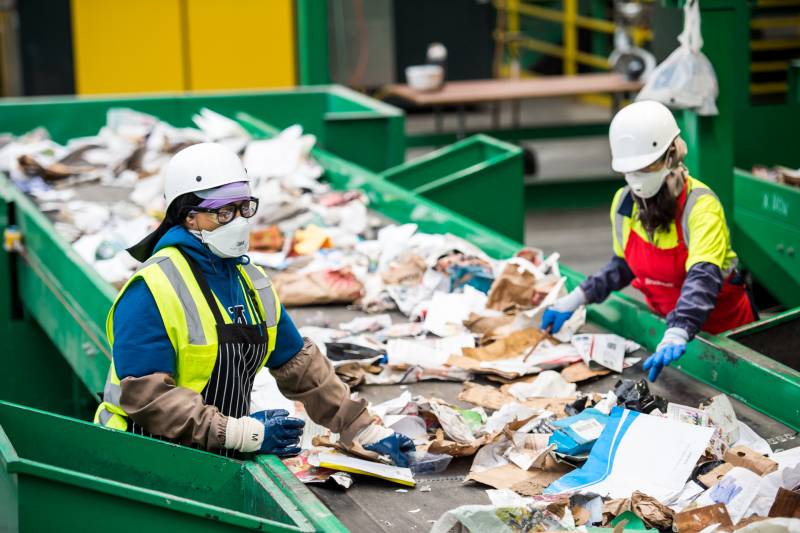Every morning, when state Sen. Ben Allen would grab the newspaper from outside his Santa Monica home, he’d pull off the plastic sleeve bearing the triangular recycling symbol and throw it where he thought it belonged: in a blue recycling bin.
But Allen soon learned that he was "wishcycling" — carefully sorting items with the recycling symbol, only to discover they weren’t getting recycled.
"It is technically recyclable under the best of conditions at 1,000 degrees in some lab in San Marino. But ... they’re not recycled in the real world," the Democrat said at an Assembly Natural Resources Committee hearing in June.
This scenario isn’t unique. Despite the best intentions of Californians who diligently try to recycle yogurt cups, berry containers and other packaging, it turns out that at least 85% of single-use plastics in the state do not actually get recycled. Instead, they wind up in the landfill.

